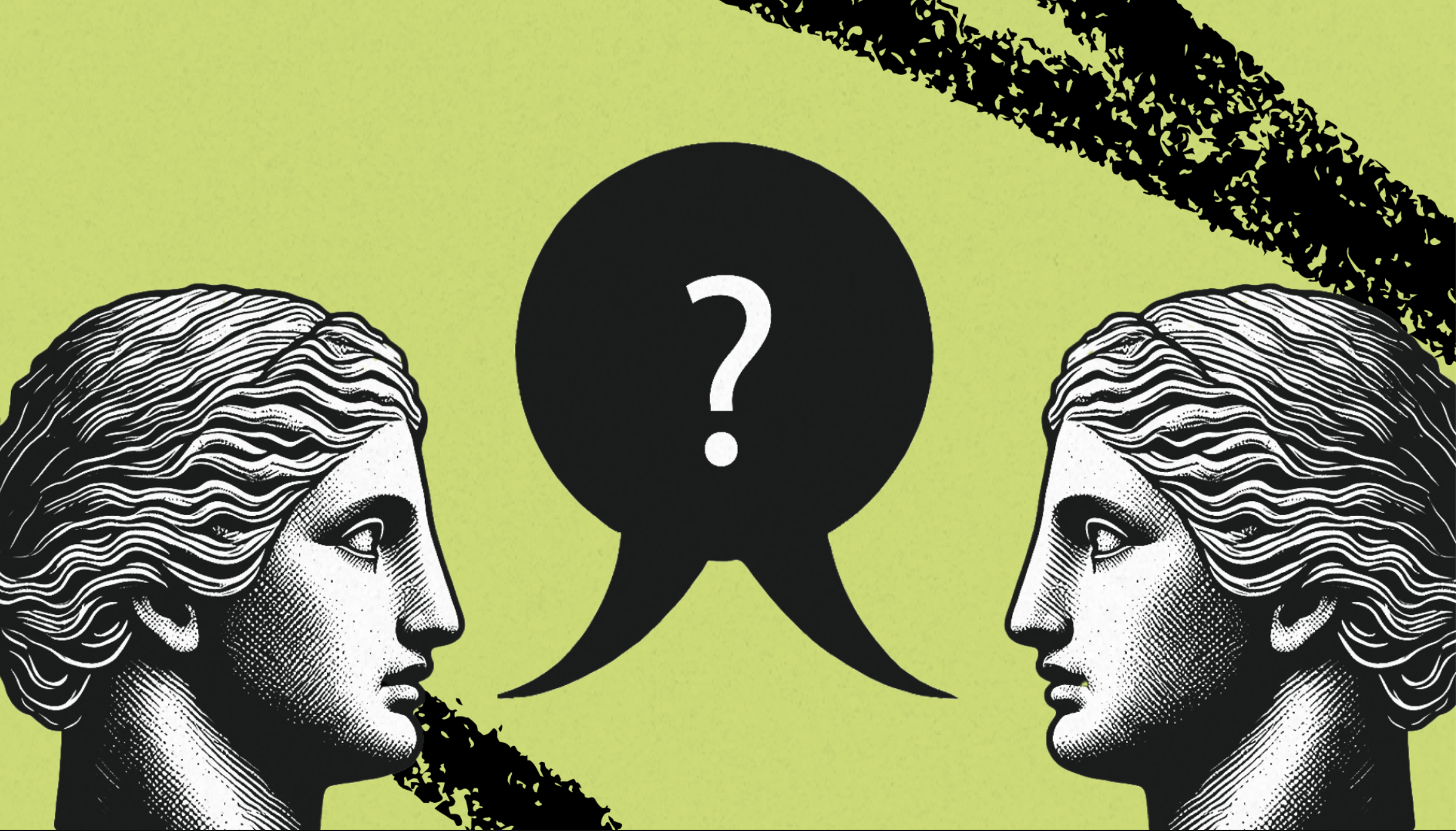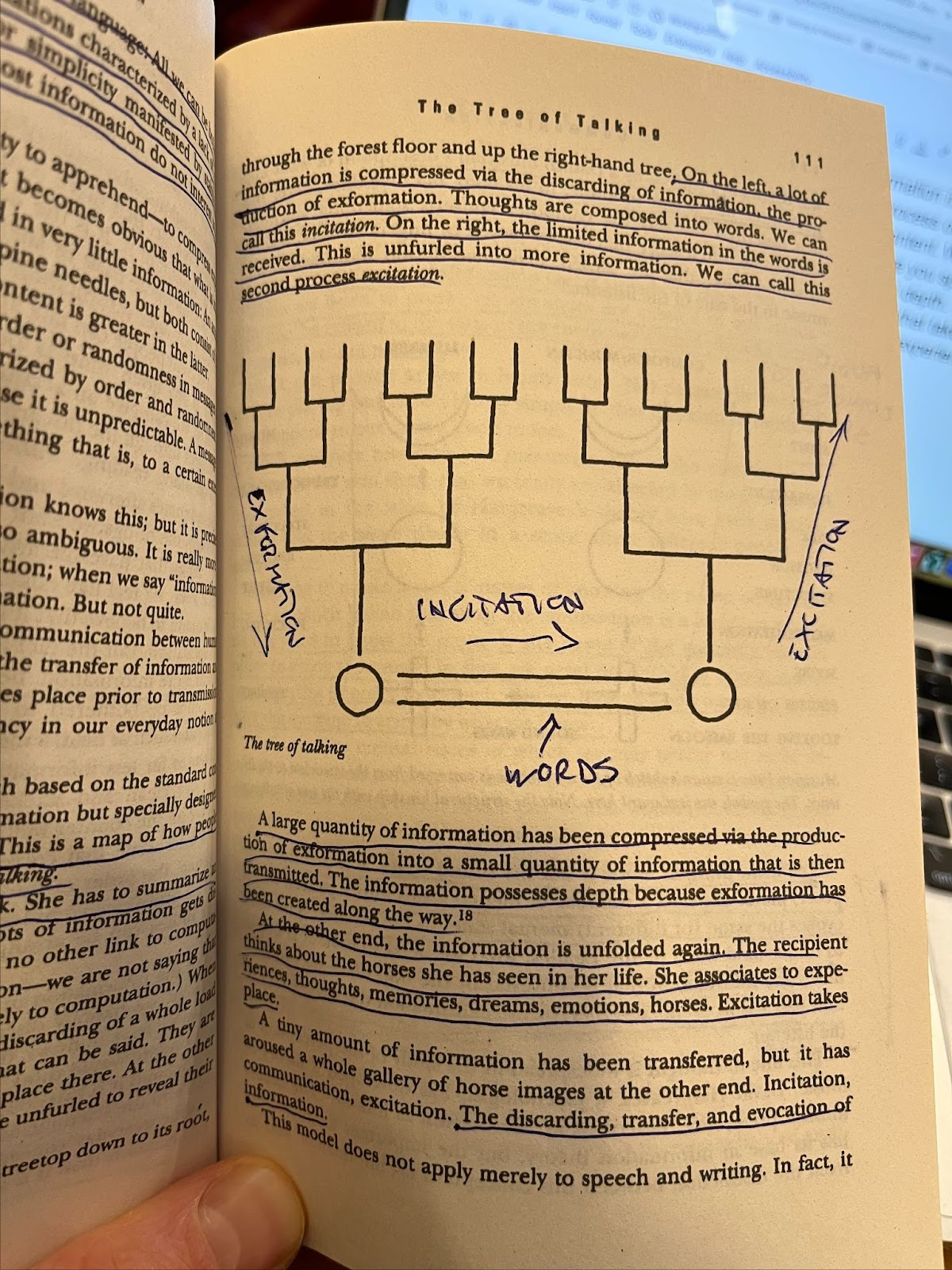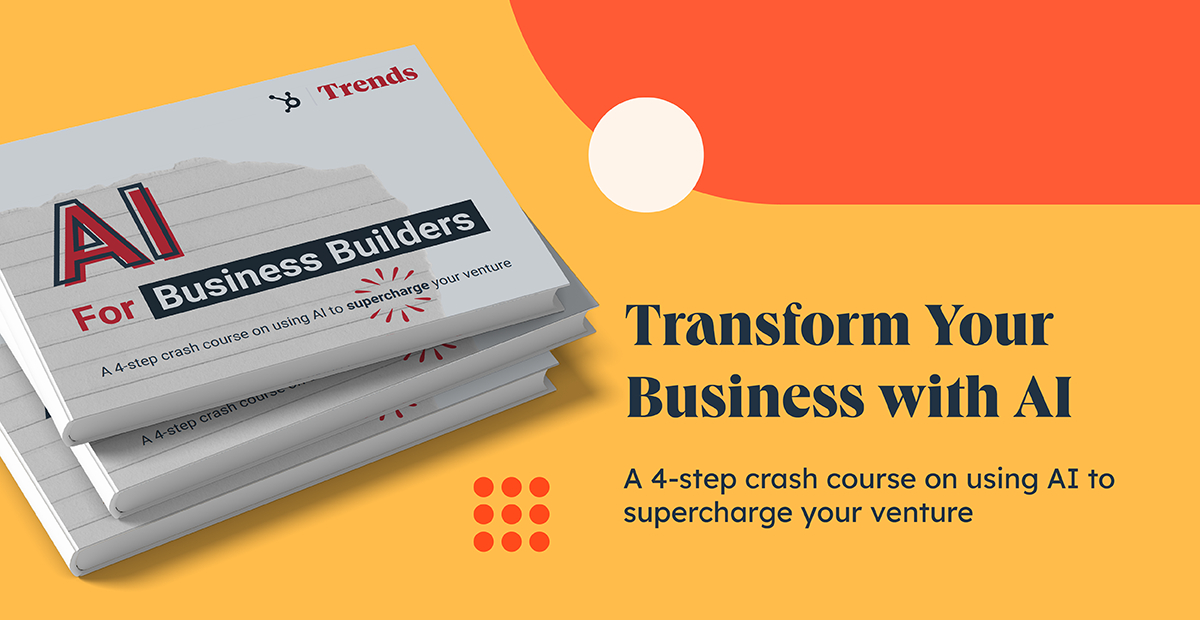
Learn to Speak Your Customers’ Language—With AI
A five-step framework for decoding what people actually hear when we talk to them
November 7, 2024
In the first part of Chris Silvestri’s series on empathy engineering, his framework for simulating customers using AI, he wrote about the process of gathering and analyzing data. In the second part of this four-part series, he actually breathes life into his new AI personas, creating the virtual sounding boards to write and test marketing messages.—Kate Lee
Was this newsletter forwarded to you? Sign up to get it in your inbox.
Words are not static. They don't have fixed meanings that everyone universally understands.
Nowhere is that more true than in marketing. What you say isn’t always what your customers hear.
In his 1999 book The User Illusion, cognitive scientist Tor Nørretranders introduced a framework called the "tree of talking." He argues that communication is a process of compressing vast amounts of information into a few words. When we speak or write, we're creating a condensed version of our thoughts and experiences.
Source: The User Illusion by Tor Nørretranders, 1991.But the person receiving that message then has to unpack those words, interpreting and personalizing them based on their own experiences, associations, and memories. The same phrase can evoke completely different reactions in different people. The words "team productivity" might trigger positive emotions in someone who thrives on collaboration and efficiency, but negative emotions in someone who associates it with overbearing micromanagement and chronic burnout.
For our empathy engineering framework, we're not just building AI personas that understand words—we're creating personas that unpack meaning. We want to use AI to simulate how real people would react to marketing messages, taking into account their unique backgrounds.
We can use the tree of talking to create emotionally nuanced and human-like AI personas. This is not your typical customer persona. Think of it like the difference between a flat, two-dimensional character in a 1980s video game and one you meet in a modern VR experience.
Sponsored by: HubSpot
The non-technical founder's blueprint to AI implementation
While other businesses struggle to catch up, tech leaders are already seeing 250% ROI from AI. Join thousands of professionals who've mastered the bridge between AI potential and practical business application.
- Decode LLMs without a Ph.D. in machine learning
- Access battle-tested prompt engineering techniques
- Learn from real implementation case studies
- Get step-by-step guidance for your industry
- Understand AI investment frameworks
- Master practical AI tools you can use today
Stop watching from the sidelines—get the clear, actionable roadmap to implementing AI in your business.
Five steps to building AI personas that react like humans
In order to simulate how our ideal customers unpack the meaning and emotional weight behind the words we use in our marketing, we need to deconstruct their personality and decision-making process. The following are the building blocks of our virtual customer:
Become a paid subscriber to Every to unlock this piece and learn about:
- Five steps to engineering AI empathy
- The prompt templates to help you create human-like AI customer personas
- How to bring digital characters to life
Find Out What
Comes Next in Tech.
Start your free trial.
New ideas to help you build the future—in your inbox, every day. Trusted by over 75,000 readers.
SubscribeAlready have an account? Sign in
What's included?
-
Unlimited access to our daily essays by Dan Shipper, Evan Armstrong, and a roster of the best tech writers on the internet
-
Full access to an archive of hundreds of in-depth articles
-
-
Priority access and subscriber-only discounts to courses, events, and more
-
Ad-free experience
-
Access to our Discord community

